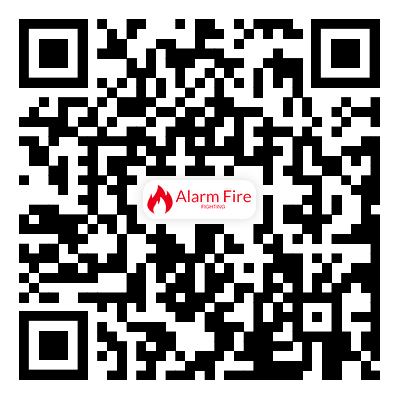What are some interesting facts about fire sprinklers?
2024-01-23
Fire sprinklers are an essential component of fire protection systems in buildings. Here are some interesting facts about fire sprinklers:
1. Activation Temperature:
- Fire sprinklers are designed to activate when exposed to a specific temperature. Each sprinkler head operates independently, responding to heat from a fire in its immediate vicinity.
2. Individual Activation:
- Not all sprinklers activate at once. In most systems, only the sprinkler heads directly affected by the heat of the fire will activate, minimizing water damage in unaffected areas.
3. Early Suppression Fast Response (ESFR):
- Some sprinkler systems, known as Early Suppression Fast Response (ESFR) systems, are designed for high-challenge fire hazards. They provide quick response and effective suppression in areas with high storage or production hazards.
4. Effectiveness in Fire Control:
- Studies have shown that buildings with properly installed and maintained sprinkler systems experience significantly lower fire death rates and property damage compared to buildings without sprinklers.
5. Water Usage:
- Fire sprinklers use significantly less water than fire department hoses. The quick response of sprinklers can control or extinguish a fire before it intensifies, reducing the overall water usage.
6. Different Types:
- There are various types of fire sprinklers, each designed for specific applications. These include wet pipe systems, dry pipe systems, pre-action systems, and deluge systems.
7. Corrosion Resistance:
- Sprinkler pipes and components are often made of corrosion-resistant materials to ensure the reliability and longevity of the system.
8. Maintenance Importance:
- Regular maintenance is crucial for the proper functioning of fire sprinklers. This includes checking for clogs, ensuring proper water pressure, and inspecting for any signs of damage or corrosion.
9. Historical Use:
- The concept of automatic fire sprinklers dates back to the 19th century. The first automatic sprinkler system was patented by Henry S. Parmelee in 1874.
10. Incentives for Installation:
- Some jurisdictions offer incentives, such as reduced insurance premiums, for buildings equipped with fire sprinkler systems. This is due to the proven effectiveness of sprinklers in preventing fire-related damages.
11. Residential Applications:
- Residential fire sprinkler systems are becoming more common. These systems are designed to protect homes and can be integrated with existing plumbing.
12. Temperature Classification:
- Sprinkler heads are classified based on their response temperatures. Common classifications include Ordinary (135°F or 57°C), Intermediate (175°F or 79°C), and High (200°F or 93°C).
13. False Activation Myths:
- Contrary to popular belief, smoke alone does not activate fire sprinklers. Sprinklers are triggered by heat, and each sprinkler head operates individually based on the heat level in its immediate area.
Fire sprinklers play a crucial role in fire safety by providing rapid and localized fire suppression, helping to protect lives and property. Understanding their functionality and proper maintenance is essential for their effectiveness in fire protection systems.


